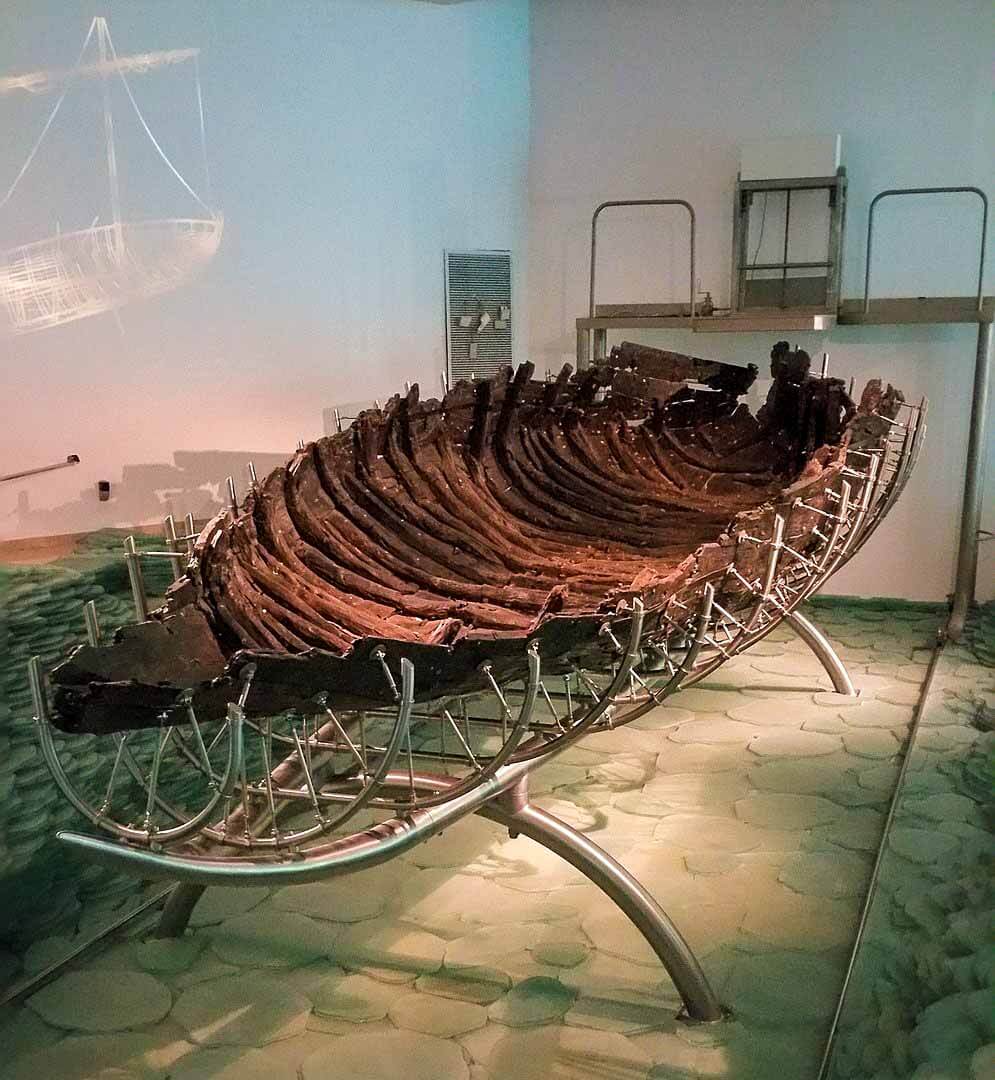Hillah, Iraq
Coordinates: 32.536348, 44.420827
Tower of Babel, in biblical literature, structure built in the land of Shinar (Babylonia) some time after the great Flood.
The Tower of Babel narrative in Genesis 11:1–9 is an origin myth meant to explain why the world’s peoples speak different languages.
According to the story, a united human race in the generations following the Great Flood, speaking a single language and migrating eastward. There they agree to build a city and a tower tall enough to reach heaven. Allah, observing their city and tower, confounds their speech so that they can no longer understand each other, and scatters them around the world.
Some modern scholars have associated the Tower of Babel with known structures, notably the Etemenanki, a ziggurat dedicated to the Mesopotamian false god Marduk in Babylon.
Islamic tradition
Although not mentioned by name, the Quran has a story with similarities to the biblical story of the Tower of Babel, although set in the Egypt of Hz. Musa عليه اسلام : Pharaoh asks Haman to build him a stone (or clay) tower so that he can mount up to heaven and confront the Allah of Hz. Musa عليه اسلام.
Another story in Sura 2:102 mentions the name of Babil, but tells of when the two angels Harut and Marut taught magic to some people in Babylon and warned them that magic is a sin and that their teaching them magic is a test of faith.
In the History of the Prophets and Kings by the 9th-century Muslim theologian al-Tabari, a fuller version is given: Nimrod has the tower built in Babil, Allah destroys it, and the language of mankind, formerly Syriac, is then confused into 72 languages.












